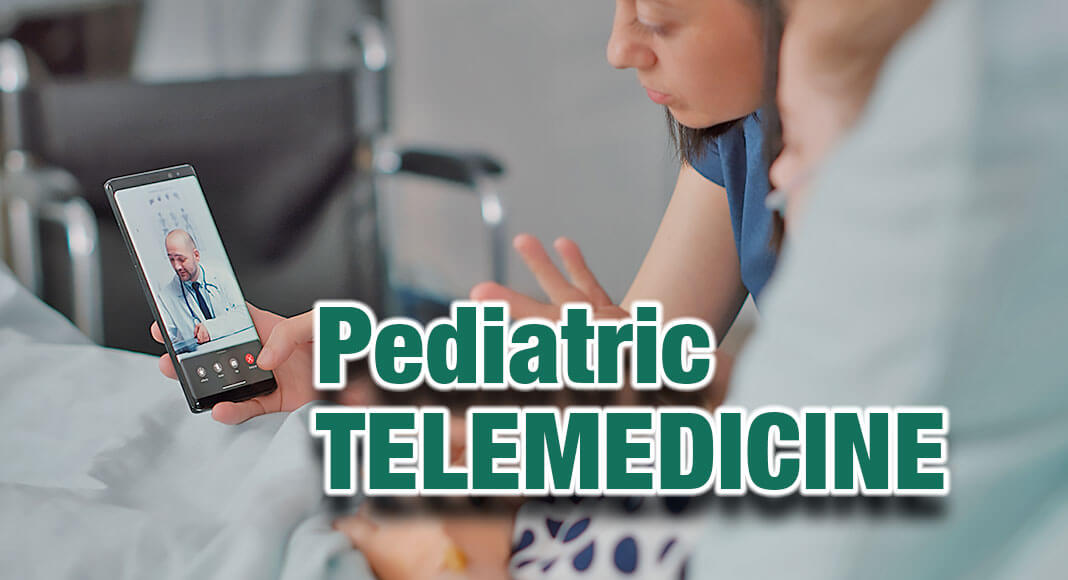
Mega Doctor News
Newswise — Many rural and community emergency departments lack access to pediatric specialty care physicians. So, when an acutely ill child is seen in one of these facilities, they are typically transferred to regional pediatric centers for more comprehensive care.
These interfacility (or hospital-to-hospital) transfers are sometimes unnecessary. They can place a large burden on patients and their families who may be transported hours away to receive better specialized care.
New UC Davis Health research confirms that pediatric critical care telemedicine consults with clinicians in rural and community emergency departments result in significantly fewer interfacility transfers. The study was published in the Journal of the American Medical Association (JAMA) Network Open.
“This is the first randomized clinical trial assessing the impact of telemedicine consults on transfer rates compared to what is the current standard of care: telephone consultations,” said lead author James Marcin, vice chair for pediatric clinical research, director of the UC Davis Center for Health and Technology and UC Davis critical care physician. Marcin’s previous research has shown the association between the use of telemedicine on parent and provider satisfaction, measures of quality of care and transfer decisions in the emergency department.
More than one-half of emergency departments in the United States use telemedicine so pediatric specialists can visually assess patients and make precise recommendations in pediatric cases.
Two years, 15 emergency departments, 696 kids
In the two-year trial, 15 emergency departments in rural and community hospitals in Northern California were randomized to use telemedicine or the telephone for consults with pediatric critical care physicians.
Each site was outfitted with pole-mounted, high-resolution videoconferencing telemedicine units with pan-tilt-zoom capabilities that use the Internet for high-definition video.
The study evaluated whether a patient was transferred to UC Davis Children’s Hospital following a pediatric critical care consultation. UC Davis Children’s Hospital is the only pediatric referral center in the area for children with the highest acuity conditions in the region.
The study included all children ages 14 or younger who were seen at a participating emergency department with an acute medical condition that resulted in a consult with a UC Davis pediatric critical care physician. Children with acute physical trauma were not included in the study.
Telemedicine consultations involved the referring physician, bedside nurse, respiratory therapist, patient, and the patient’s parents or guardians, when available. They involved the visual assessment and physician exam of the patient.
Fewer transfers with telemedicine
A total of 696 children participated in the study. The study found that 84% of patients assigned to telemedicine and 90.6% of those assigned to telephone consults were transferred to UC Davis Children’s Hospital.
“We found that by using a relatively low-cost telemedicine intervention, children can be successfully evaluated, treated and either discharged or admitted locally from their rural and community hospitals,” Marcin said. “Our findings are important because they demonstrate that telemedicine can support emergency department clinicians’ ability to care for pediatric patients locally.”
Nathan Kuppermann, Bo Tomas Brofeldt endowed chair of the UC Davis Department of Emergency Medicine and senior author of the study, said these findings are of vital importance to the health of children in the United States.
“There are not nearly sufficient numbers of pediatric emergency medicine physicians to staff even a fraction of the emergency departments in this country,” Kuppermann said. “Telemedicine can help provide that expertise in real time to not only assist with clinical management, but also with disposition decisions. This includes avoiding unnecessary transfers, which allow many children to stay in their home communities.”
Other study authors were Hadley Sauers-Ford, Jamie Mouzoon, Sarah Haynes, Ilana Sigal, Daniel Tancredi and Monica Lieng of UC Davis Health, and Parul Dayal of Genentech.
This research was supported, in part, by grant G01RH27872 from the Health Resources and Services Administration.
Journal Link: Journal of the American Medical Association (JAMA) Network Open












